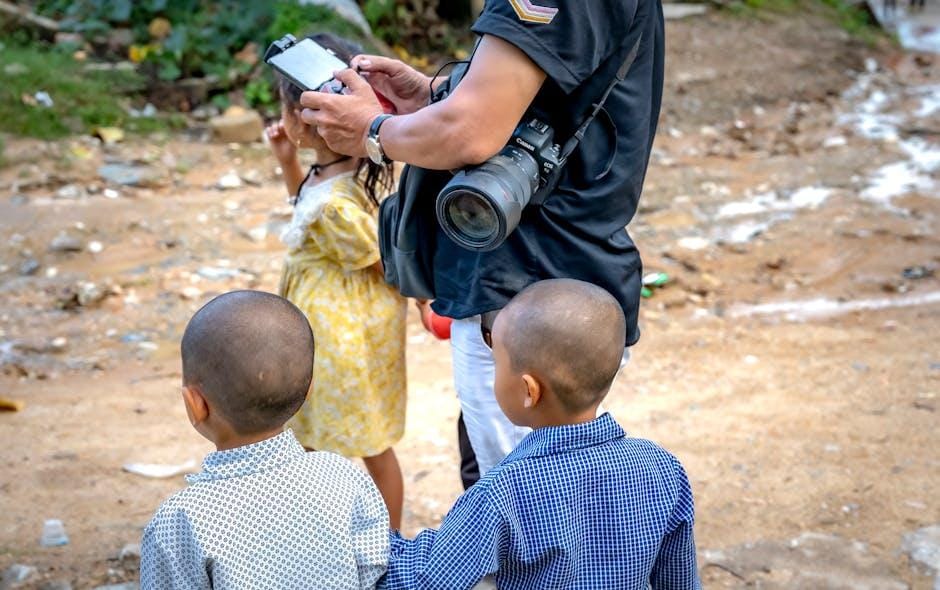How do visual and performing arts contribute to the storytelling of myths and folklore?
The Art of Storytelling in Folklore and Myths
Storytelling has been an integral part of human culture for centuries. From ancient times to modern society, storytelling weaves the fabric of our traditions, beliefs, and values. In this article, we delve into the rich tradition of storytelling in folklore and myths. We will explore the elements, benefits, and techniques that make these stories so captivating and enduring.
Introduction to Folklore and Myths
Folklore consists of the legends, music, oral history, proverbs, jokes, popular beliefs, and customs of a culture, encompassing the traditions common to a particular group of people.
Myths, on the other hand, are traditional stories, typically involving supernatural beings or events, that serve to explain the world view of a people.
Core Elements of Folklore and Myths
- Characters: Often larger-than-life heroes, gods, and mythical creatures.
- Plot: Conflict, journey, or transformation, often with moral or lesson.
- Setting: Typically in a fantastical or ancient past with rich, vivid descriptions.
- Theme: Common themes include morality, justice, and the human condition.
Benefits of Folklore and Mythical Storytelling
Storytelling through folklore and myths offers a range of benefits that extend beyond mere entertainment. Here we explore some key advantages:
Cultural Preservation
Folklore and mythology act as vessels for preserving culture, language, and traditions. They keep the history and ethos of a community alive, passing it down through generations.
Moral Education
Many myths and folktales are imbued with moral lessons, offering guidance on ethical conduct and decision-making.
Cognitive Development
Engaging with stories enhances cognitive skills such as critical thinking, comprehension, and empathy.
Techniques for Crafting Captivating Stories
Creating engaging folklore and myths requires a blend of creativity and technique. Here are some professional tips to enhance your storytelling:
Utilize Vivid Descriptions
Paint a picture for your audience using rich, sensory details. Describe settings, characters, and actions in a way that evokes imagery and emotions.
Incorporate Universal Themes
Ensure your story resonates with a wide audience by integrating universal themes like love, betrayal, or heroism.
Create Relatable Characters
Even in myth and folklore, characters should possess traits that audience members can relate to or aspire to, such as bravery, wisdom, or resilience.
Case Studies: Successful Folklore and Myths
Let’s explore a few examples of legendary folklore and myths that have stood the test of time:
| Myth/Story | Origin | Key Elements |
|---|---|---|
| The Odyssey | Greece | Heroic journey, gods, moral lessons on perseverance |
| Beowulf | Scandinavia | Heroism, battle with monsters, themes of loyalty and destiny |
| Anansi the Spider | Ghana | Trickster archetype, cleverness, cultural values |
Personal Experience: Stories from My Heritage
Growing up, I was surrounded by the vibrant folklore of my culture. Stories of brave warriors, wise elders, and mystical creatures filled my childhood. One tale that particularly stands out is the Legend of the Blue Mountain. It taught me the value of courage and unity, shaping my moral compass.
Conclusion
The art of storytelling in folklore and myths is a timeless treasure that continues to signify our cultural identity and shared values. By understanding the core elements, benefits, and techniques of these narratives, we can appreciate their profound impact on society and continue to craft stories that resonate through the ages.
Whether you are creating new stories or retelling old ones, remember that the essence of storytelling lies in connecting with your audience and passing down wisdom in an engaging and memorable manner.
If you have any storytelling experiences or favorite myths to share, feel free to leave a comment below. Let’s keep the tradition of storytelling alive!
